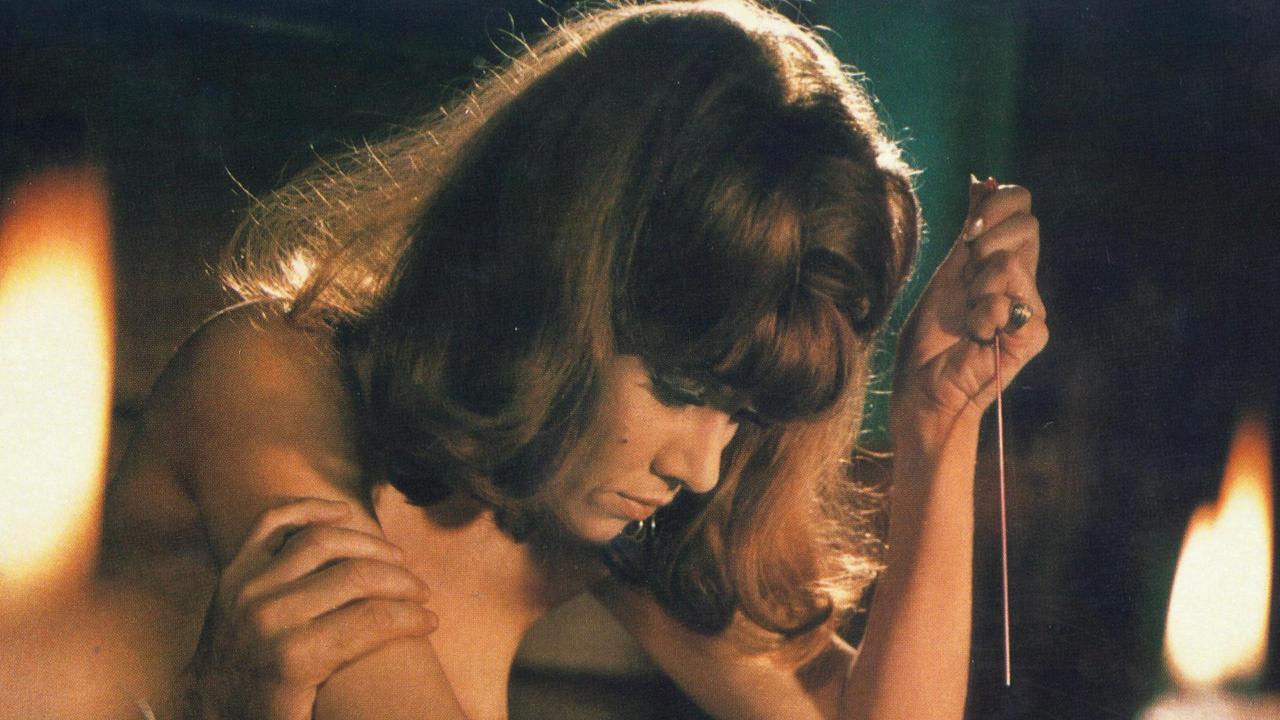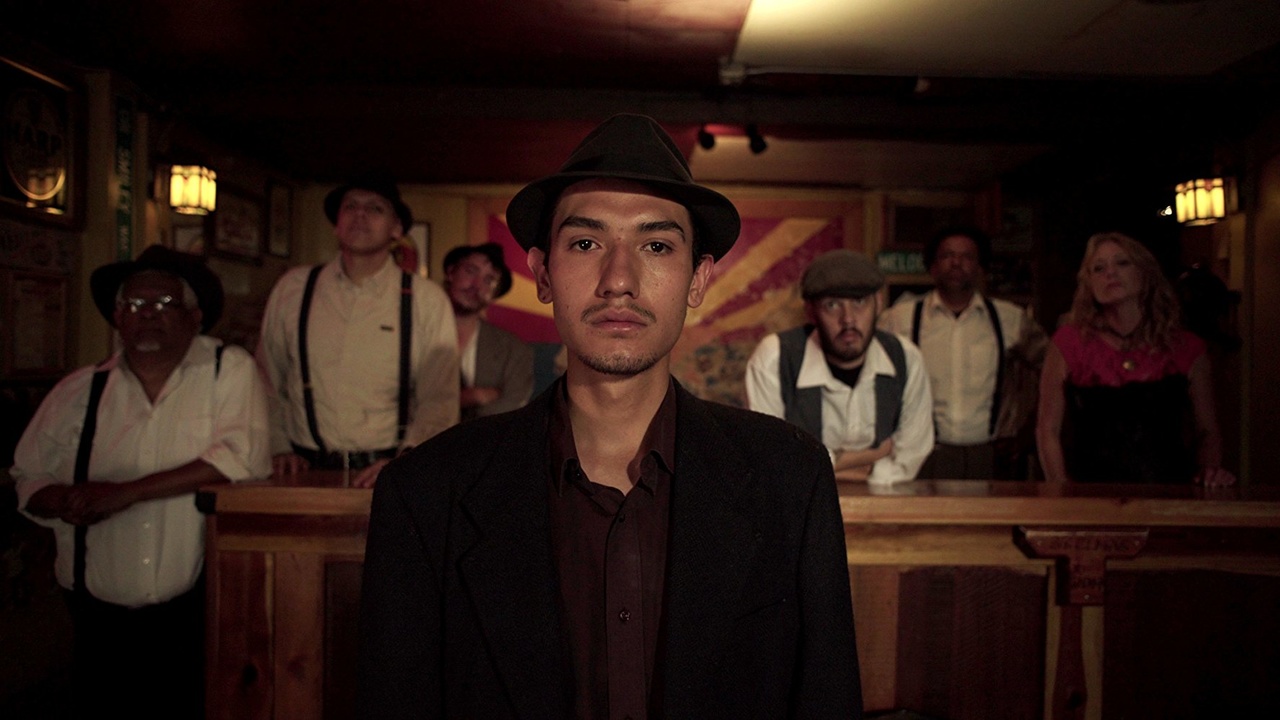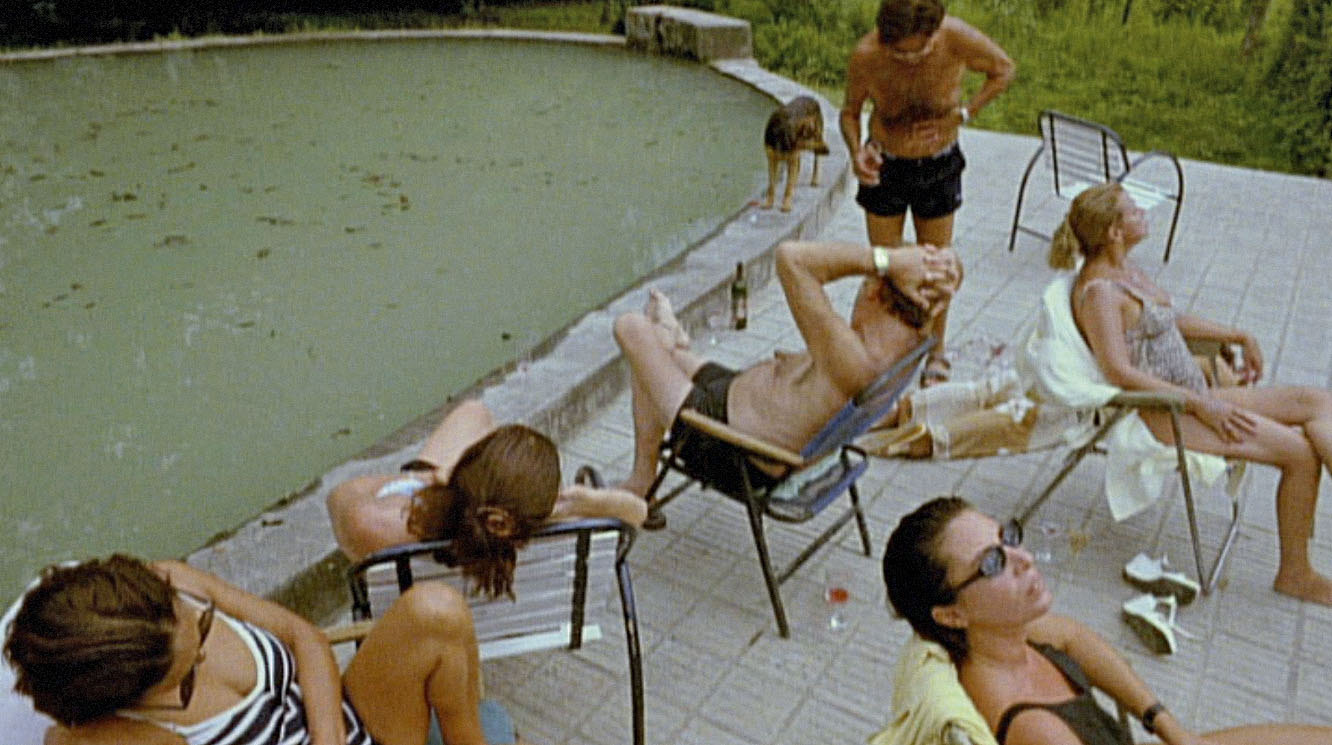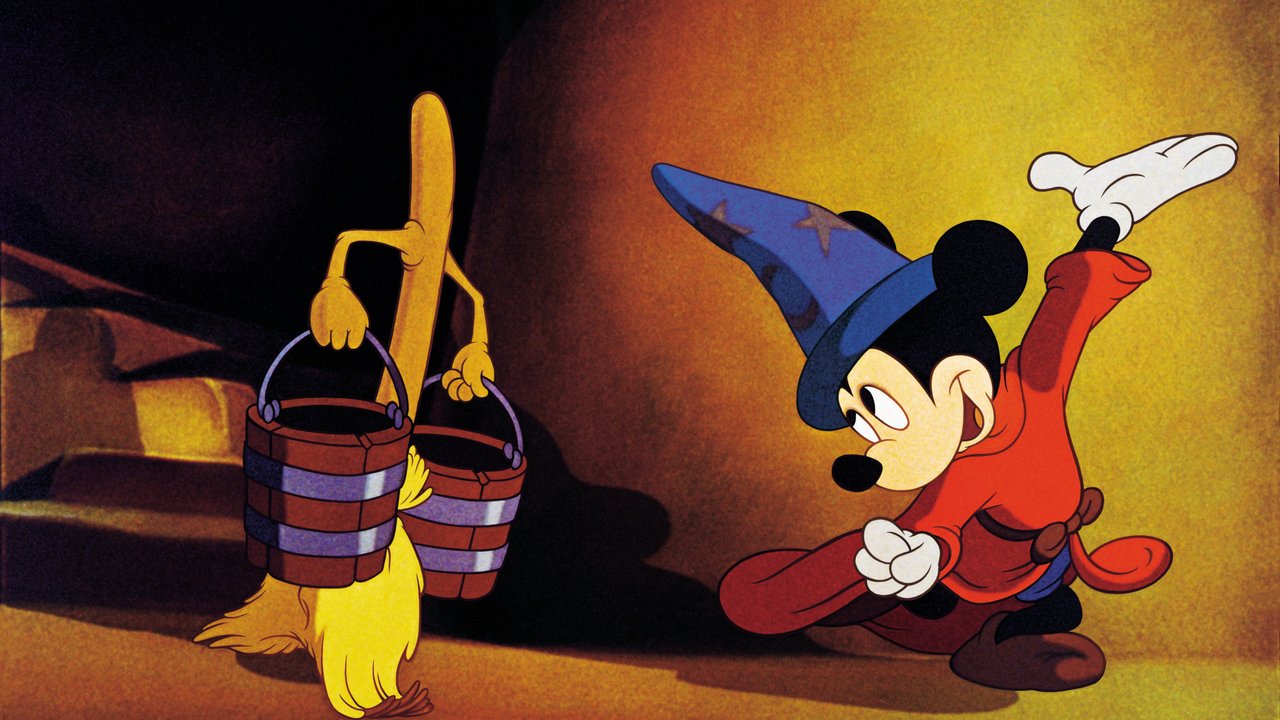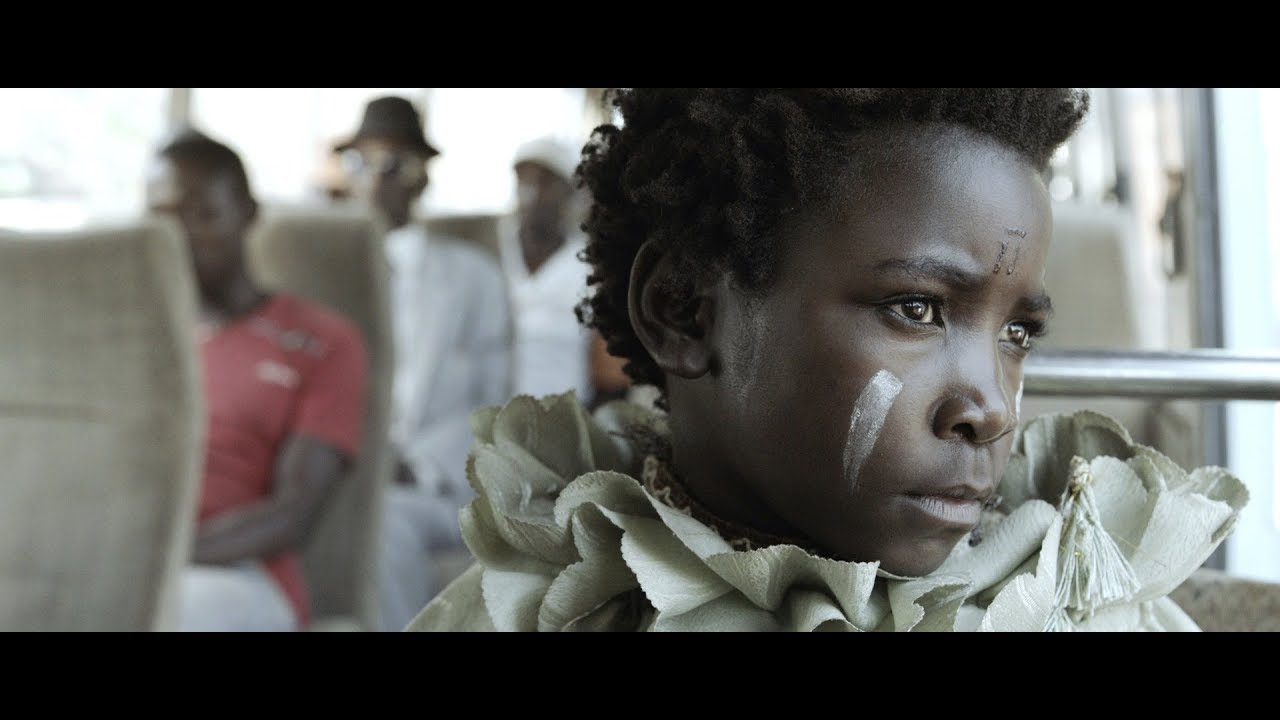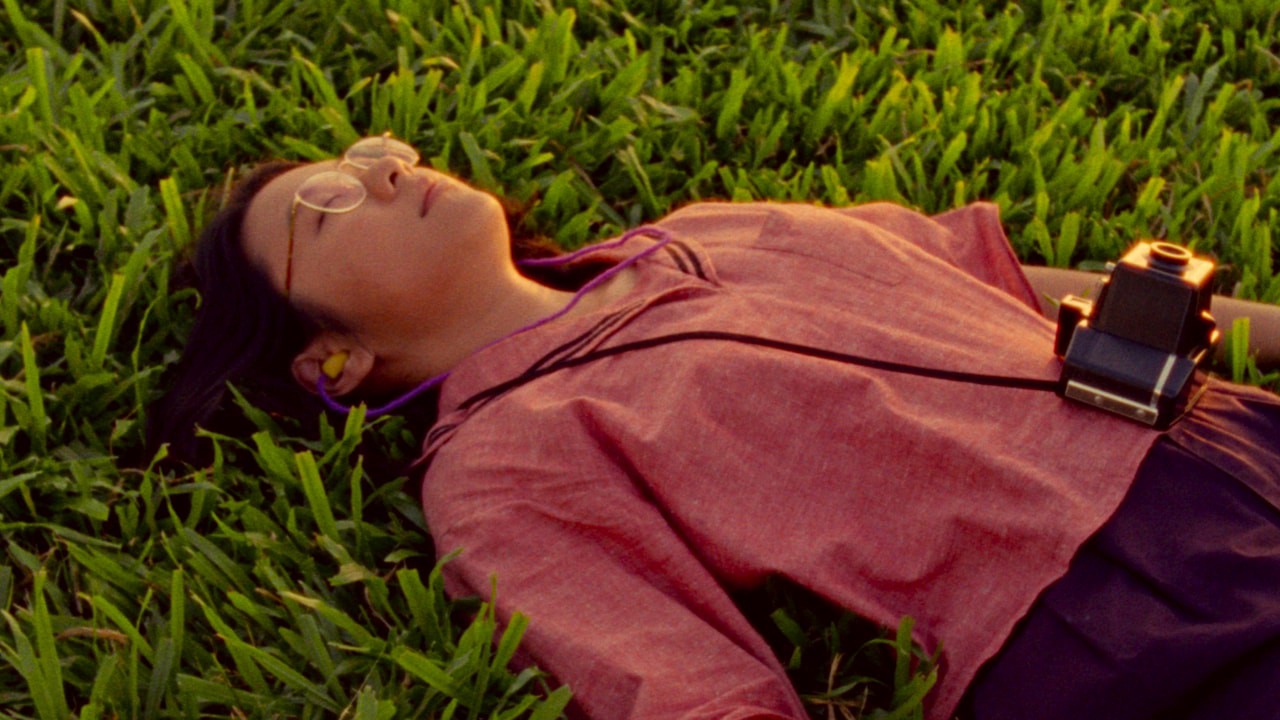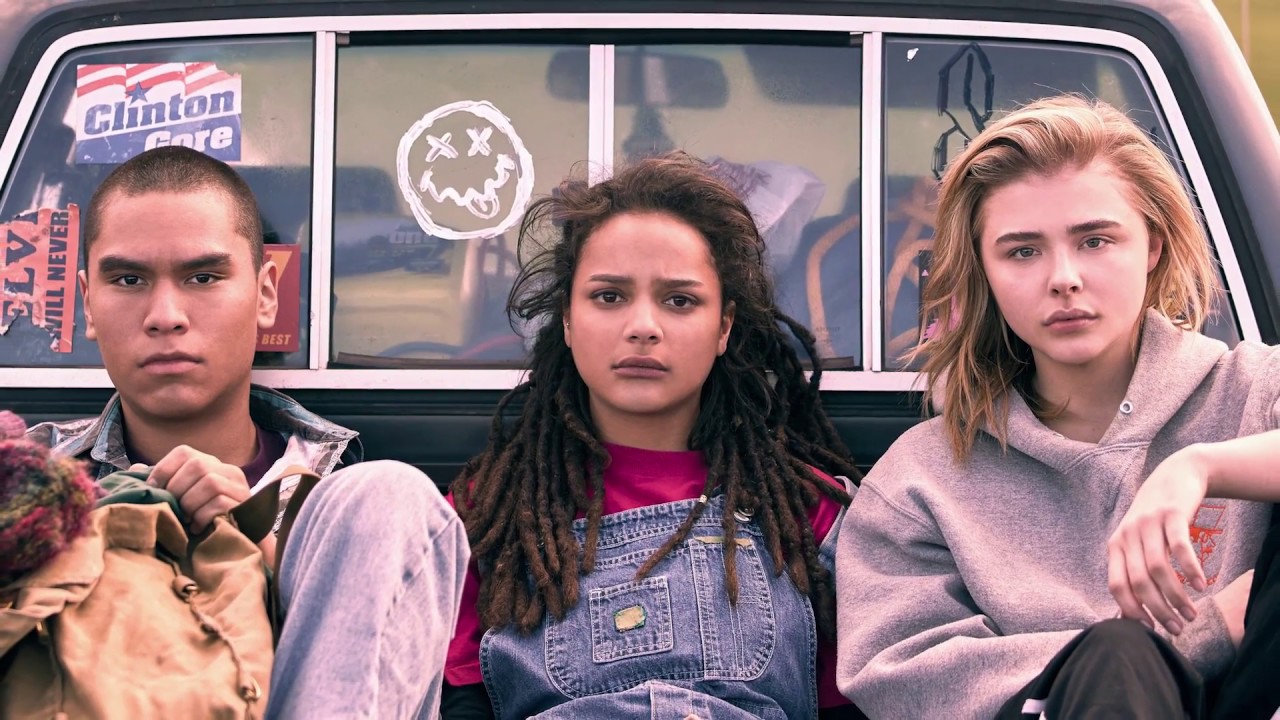How do you approach making a bio-pic about a filmmaker like Jean-Luc Godard, whose aesthetic and political concerns are so deeply interwoven into the cinema of a particular time and place that entire strains of film history are unthinkable without him?
April 2018
It’s probably pointless to try to write a review of Infinity War. [Don’t worry, no spoilers.]
It’s certainly pointless in the traditional way, as a verdict: two and a half stars, B-plus, 72 percent, thumbs up. It’s pointless to talk about the lighting or the editing, the performances or the sound design.
Certain genres, subgenres, movements, categories of art have threatened to purify themselves, if not into silence entirely, at least so far out of the artistic mainstream that it becomes something wholly inward, communicating only with itself.
There are two types of genres that risk such a fate: the most avant-garde and the most lowbrow.
On the face of things, Robert Greene‘s Bisbee ’17 and Lee Ann Schmitt‘s Purge This Land don’t look a lot alike. They’re both documentaries, and they both screened at the recently-concluded San Francisco International Film Fest, but in subject and approach, they seem worlds apart.
There’s something perverse in writing about Lucrecia Martel. The silence of words on a page seem singularly ill-equipped to convey the senses of a director so attuned to aural dreamscapes, to stories told with particular cadences and rhythms as much as a personal vision.
Laura Bohannan was preparing to leave to study the rituals of the Tiv people in West Africa when she got into a disagreement with a fellow Oxford professor, who claimed that Americans, not steeped in English culture, naturally misunderstand Hamlet.
A group of older Zambian women — seated on the ground, penned in by a fence, faces painted and contorted into shrieks, bodies gesticulating wildly, long fluttering ribbons attached to their native dress like leashes — are photographed by smiling white tourists.
Lake Volta, formed when the massive Akosombo Dam was completed in 1965, covers nearly 4% of Ghana. With a surface area over 3,000 square miles (that’s 13 Lake Meads!), it’s one of the biggest man-made lakes in the world and, as photographed in Alyssa Fedele and Zachary Fink‘s compelling documentary The Rescue List, surely one of the most beautiful.
We are familiar with the “making-of” documentary, but Sandi Tan‘s Shirkers turns it inside out. This is a “losing-of” documentary — a relentlessly charming love letter to indie cinema and its irrepressible DIY spirit, but also a confounding psychological mystery that asks, “How do you represent a film that exists almost entirely in memory?”
There’s a distinct lack of fury at the heart of Desiree Akhavan‘s The Miseducation of Cameron Post. This is worth noting, since the “gay conversion therapy” boarding school on which it focuses offers plenty to be furious about. But in adapting Emily M.



